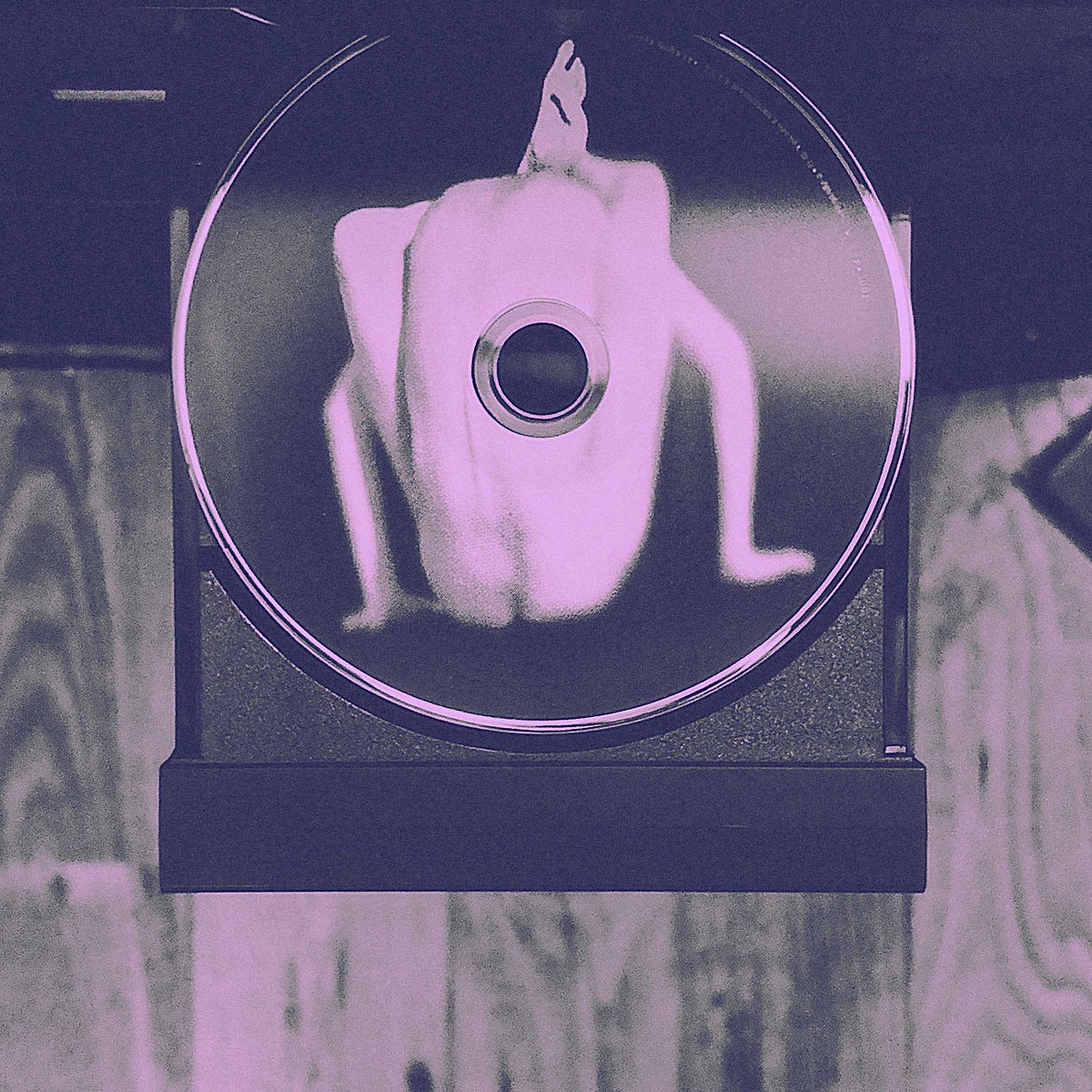Crutch
Well-known member
Pretty basic question here, I'm a total noob to CD imaging though ....
I have a couple old CD-ROMs (mainly back-of-the-book CDs from some vintage programming books) that don't seem to be online anywhere and which I want to archive for preservation on the Garden etc.
Is there a good way to image an old Mac (1990s) HFS CD-ROM to a classic disk image format on a modern Mac? My dream is just run Disk Utility or something, create an image, upload it, done.
But most of the CD-imaging-for-vintage-Macs guides I found online seem to presume you want to do this from a vintage machine. And I have to do it (with Disk Copy, I suppose?) on one of my vintage machines then FTP the giant CD image file over ... well I probably just won't end up doing it for a while, because I am frankly a little lazy and this isn't a really high priority. Also I imagine there must be an easier way! Advice much welcomed ...
I have a couple old CD-ROMs (mainly back-of-the-book CDs from some vintage programming books) that don't seem to be online anywhere and which I want to archive for preservation on the Garden etc.
Is there a good way to image an old Mac (1990s) HFS CD-ROM to a classic disk image format on a modern Mac? My dream is just run Disk Utility or something, create an image, upload it, done.
But most of the CD-imaging-for-vintage-Macs guides I found online seem to presume you want to do this from a vintage machine. And I have to do it (with Disk Copy, I suppose?) on one of my vintage machines then FTP the giant CD image file over ... well I probably just won't end up doing it for a while, because I am frankly a little lazy and this isn't a really high priority. Also I imagine there must be an easier way! Advice much welcomed ...

